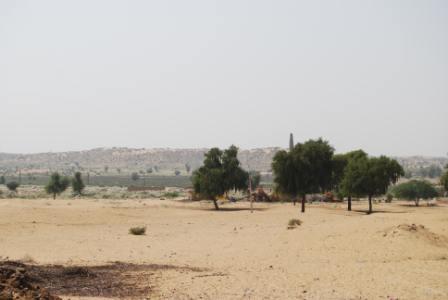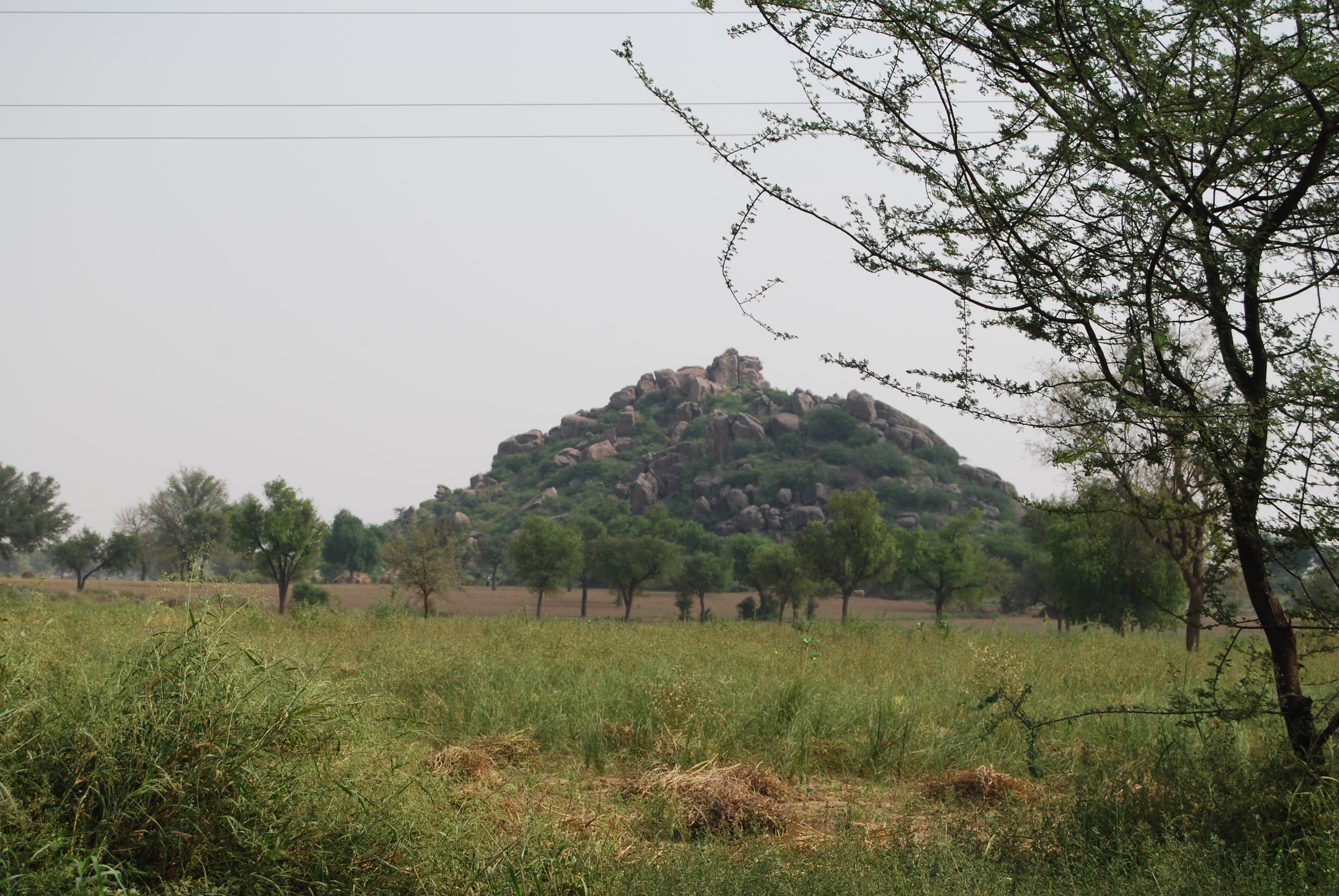|

Ganga Corridor
Linked Research
Projects
Participating
Institutions
Core Repository
Facilities
Multiplier effects
Publications
Contact Us
| |
Collaborations
International
collaborations:
Imperial College, London (UK)
Sanjeev Gupta, Faculty of Earth Science and Engineering
Sub-surface stratigraphy of the
Ghaggar plains: linkage of landscape evolution and cultural heritage
|

|
The Ghaggar/Hakra river channel
has been considered to be the old course of the Vedic Sarasvati - referred to 70
times in Rig Veda, reputed to be the oldest text available in the world. Rigveda
has mentioned that the Sarasvati was a mighty river flowing from the mountains
to the ocean and lying between the Yamuna and the Satluj. This collaboration is
aimed at generating the first-ever sub-surface data on the buried channel belt
of the ancient Saraswati through resistivity surveys and sediment coring. Based
on the resistivity profile, we have raised 5 cores across the Ghaggar river
around Pilibangan which are currently being analysed for lithostratigraphy,
sedimentology, sediment chemistry and luminescence chronology.
|
|
University
of Cambridge (UK)
C.A. Petrie, Department
of Archaeology, University of Cambridge, Cambridge
Late Quaternary environmental
changes in western Haryana plains interpreted through lake deposits
|
Our major objective of setting
up this collaboration is to link the climate change events to the disappearance
of one of the most advanced ancient civilizations in the world- the Harrappan
civilization. A major question to be answered in this region is: Did climate
change influence ancient civilisations? In recent years, several studies have
proposed that cultural transformations and societal collapse can be a response
to climatic and environmental change. However, there is little direct evidence
to link the global scale evidence for climate change and the far more localised
evidence for cultural transformation. The response of civilisations to climate
change is likely to have been complex, yet without understanding changes to the
local environmental setting of cultures experiencing ‘collapse’ it remains
difficult to accept linear process-response explanations. This project aims
to establish a good proxy record for climate change in this region by
generating high-resolution core stratigraphy from Riwasa paleolake in western Haryana
plains and carry out detailed sedimentological, pollen and geochemical analysis. |
 |
University of Durham, UK
Alexander Densmore/Prof. Stuart Lane, Department of Geography
River
dynamics and hazard assessment in the Himalayan foreland
|
This
research project funded by the UK-India Education and Research Initiative (UKIERI)
aims to assess the geomorphic and stratigraphic responses of these systems to
local base level change and to understand relationships between river incision
and downstream aggradation and flood hazard. The project will result in the
first coherent overview of river response to base level change across the
Himalayan foreland region, as well as an integrated regional hazard assessment
that links upstream river basin conditions and mass movement potential with
downstream flooding. |
|
National
Collaborations
Indian Institute of Technology Kharagpur
Prasanta Sanyal and
Anindya Sarkar,
Department of Geology and Geophysics
Reconstruction Of Monsoonal Ranfall From Late Quaternary Ganga And Yamuna
Alluvial
Plain By Stable Isotope
Traces:
Implication To Climate Forcing On
Vegetation And Response
|
This project, funded by the Department of Science and Technology is
looking at stable isotope composition of carbonates and clay minerals
for paleomonsoon reconstruction and for understanding the vegetation and
river response to climatic forcing. We have chosen two cores for
analysis, IITK core and Bhognipur cores, from the Ganga-Yamuna
interfluve in the first phase. This will be followed by detailed
analysis of a few other cores presently archived at the National
facility at IIT Kanpur. |
|
Physical Research
Laboratory, Ahmedabad
Sunil Singh, Earth Science Division
|
This project aims to analyse the cores for
Sr isotope for provenance determination and for erosional history of the
hinterland; carbonates have also been analysed for Sr and stable isotopes for
picking out climatic signals; the IITK core analysis has been completed and two
research papers have been written up. |
|
|